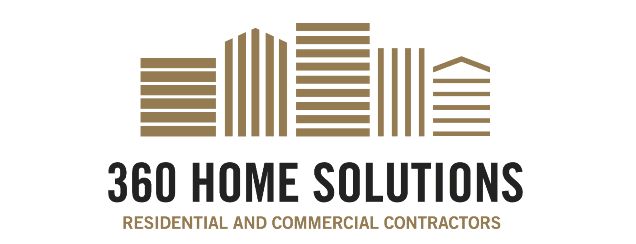House additions are a popular way to add more living space to an existing home. They can range from small additions such as a new bedroom or bathroom to larger additions such as a new living room, kitchen, or second story.
The process of adding an addition to a house typically involves several steps, including:
- Planning: This involves determining the desired outcome of the addition, identifying any potential challenges such as zoning regulations or structural issues, and creating a budget for the project.
- Design: This involves working with an architect or designer to create a detailed plan for the addition that includes all necessary structural and aesthetic elements.
- Permits: Depending on the location and scope of the project, permits may be required from local building departments or zoning boards.
- Foundation and framing: This involves preparing the site for the addition by pouring a new foundation and constructing the framing for the addition.
- Electrical and plumbing: Once the framing is complete, electrical and plumbing systems can be installed.
- Interior finishes: This involves adding insulation, drywall, flooring, and any other finishes to the interior of the addition.
- Exterior finishes: This involves adding siding, roofing, and other exterior finishes to match the existing house.
- Inspection: Once the addition is complete, it will need to be inspected by local building officials to ensure that it meets all relevant codes and regulations.
Adding an addition to a house can be a complex and time-consuming process, but with proper planning and execution, it can greatly increase the livability and value of a home.
If you’re looking to add valuable space to your home, our team will be more than happy to go over design drafts, feasibility/budget analysis, and limitations of new additions. Whether the extra room(s) is attached to the existing structure, or even detached, our process is efficient and causes the least amount of disruptions to your home life.



